jedediyah.github.io/mma2023
The Ethics of STEM Education
in the Age of AI
Jedediyah Williams, PhD
Nantucket High School
April, 2023
@jedediyah
jedediyah.github.io/mma2023
jedediyah.github.io/mma2023
There is too much to talk about!
|
|
|
|
|
|
- Math-based technologies are ubiquitous, often do not work, and are capable of broad and arbitrary harm.
- To what extent should ethics be incorporated into secondary mathematics education?
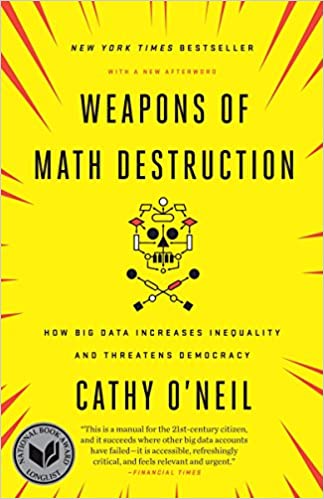

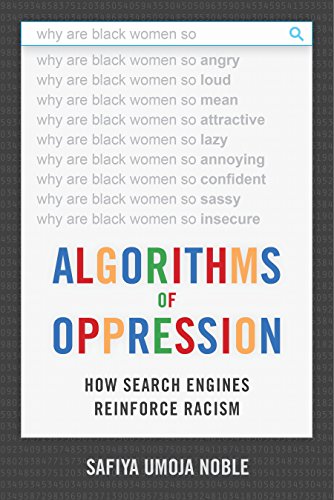
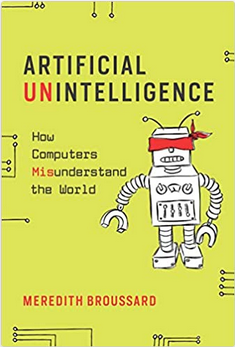
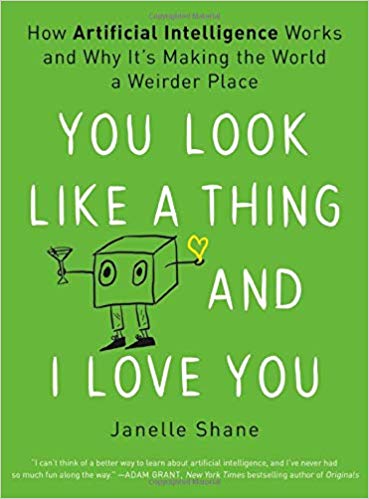
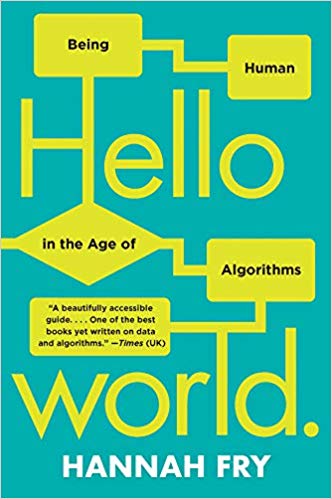
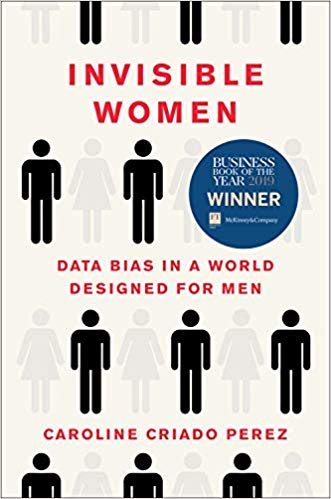

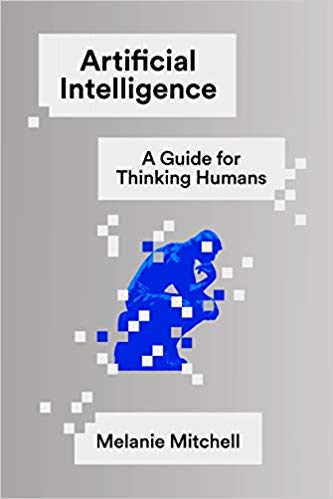
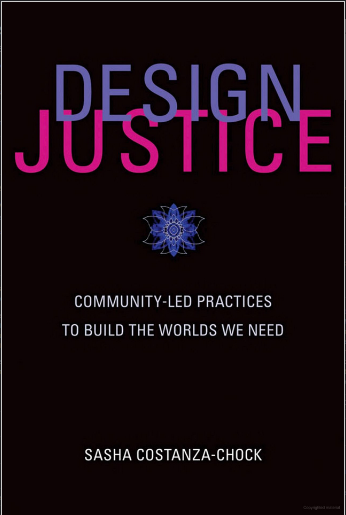

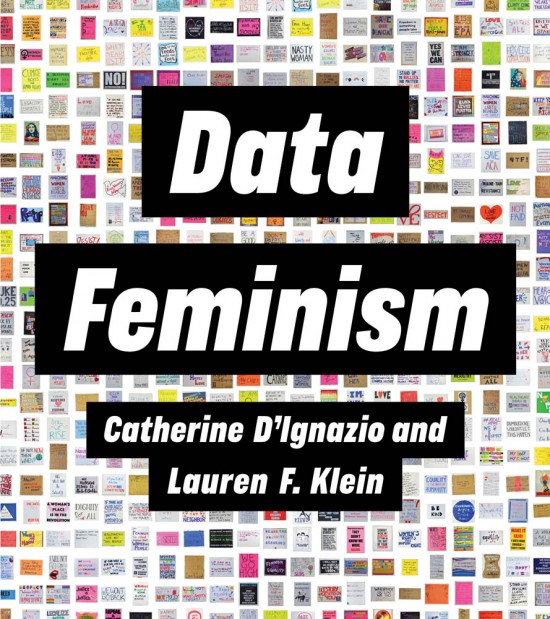
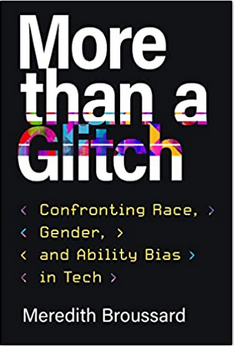
Wait!
Isn't math objective and neutral?

https://twitter.com/standupmaths/status/741251532167974912
"The lack of humility before nature that's being displayed here staggers me." - Malcolm, Jurassic Park

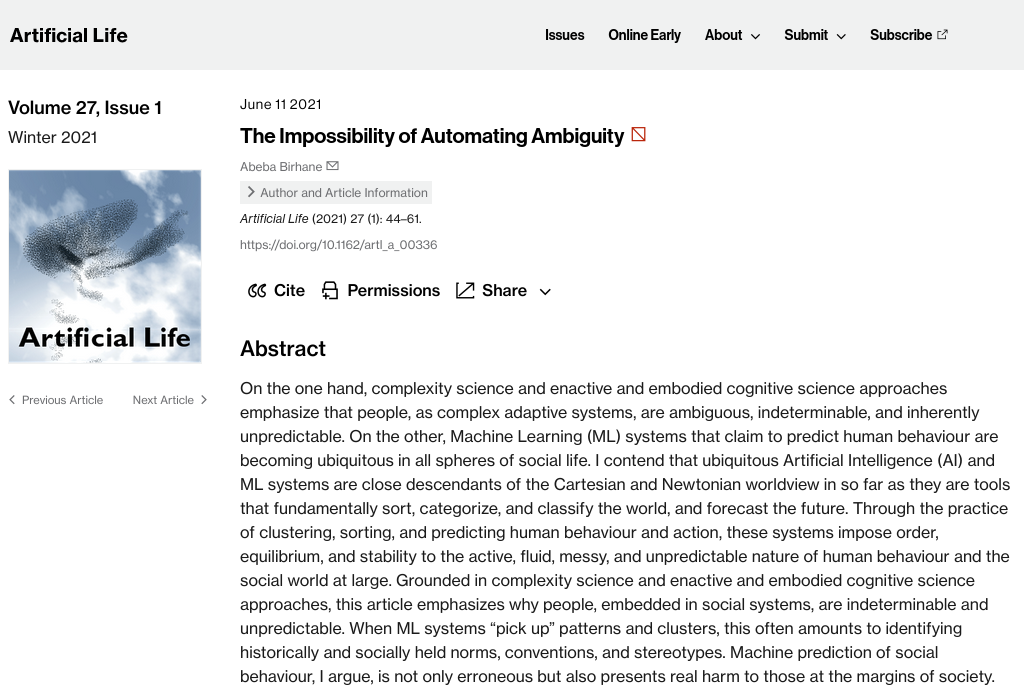

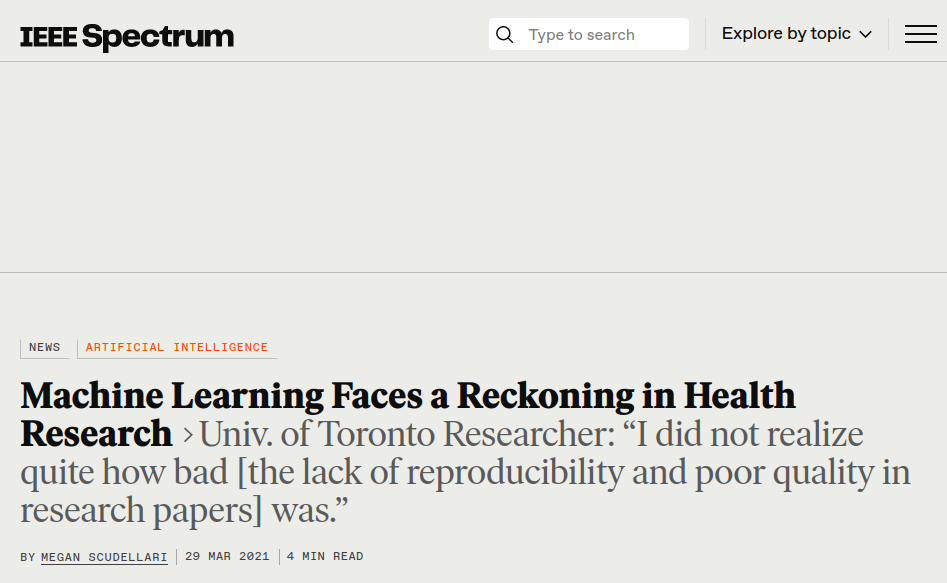

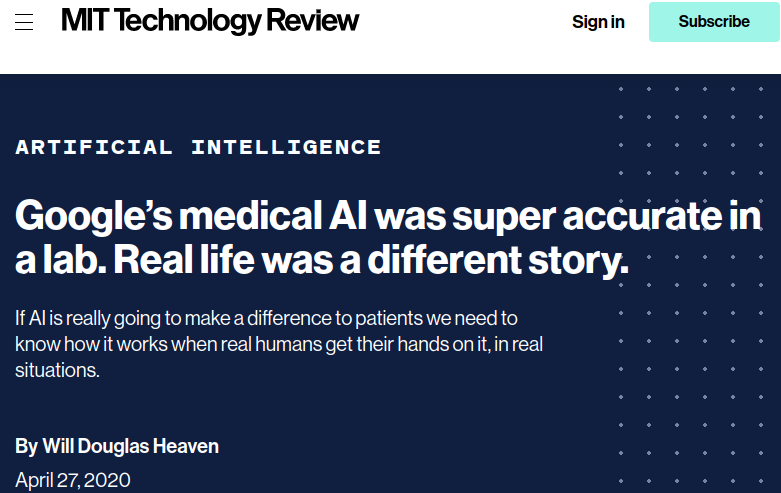
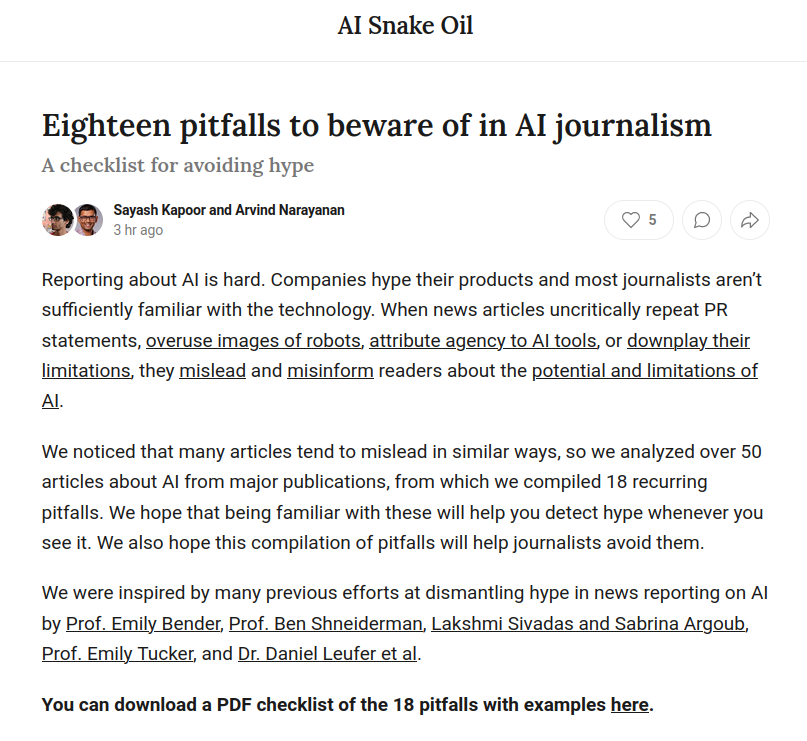
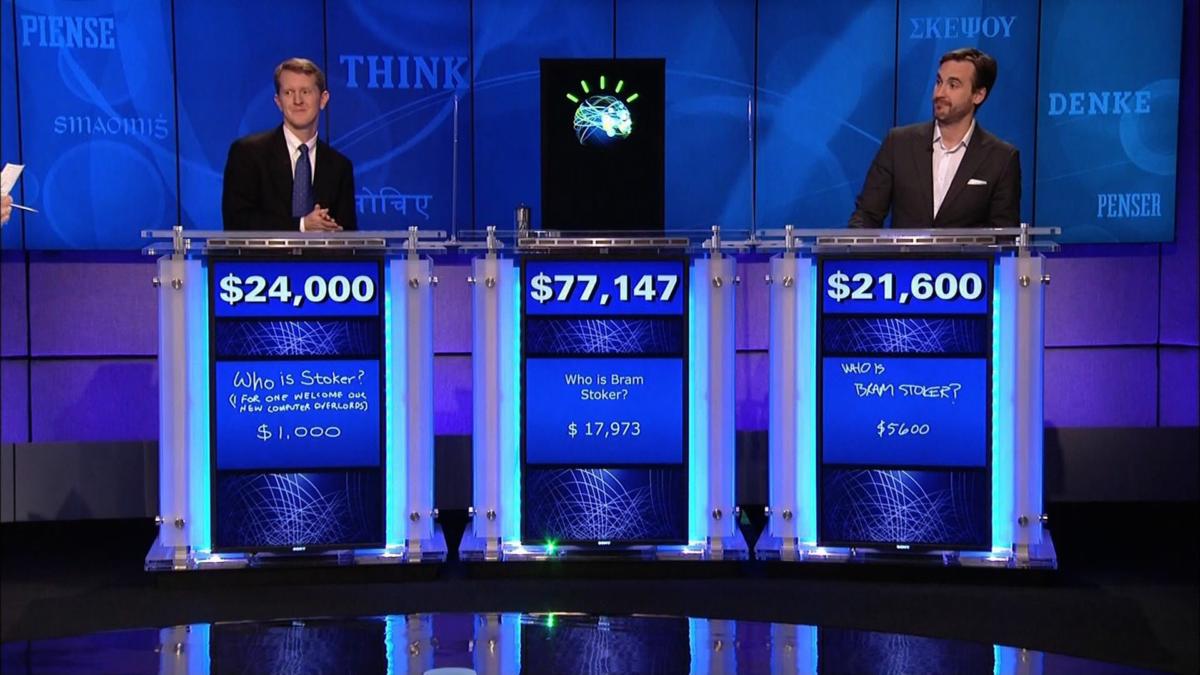
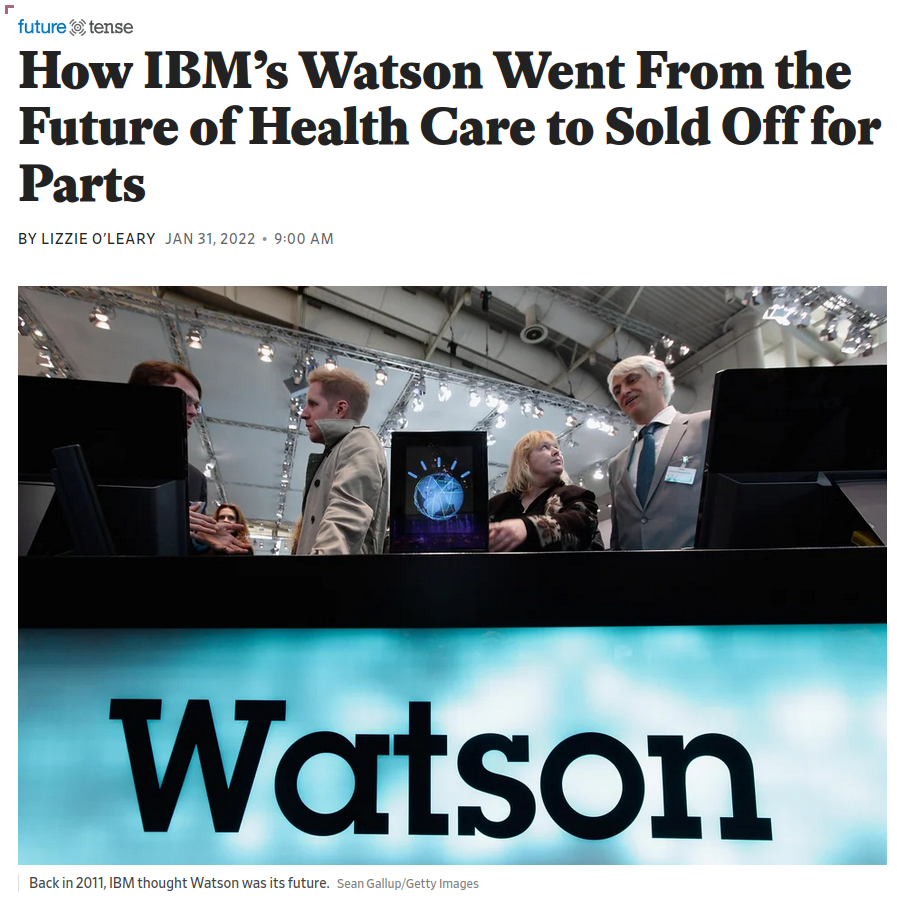

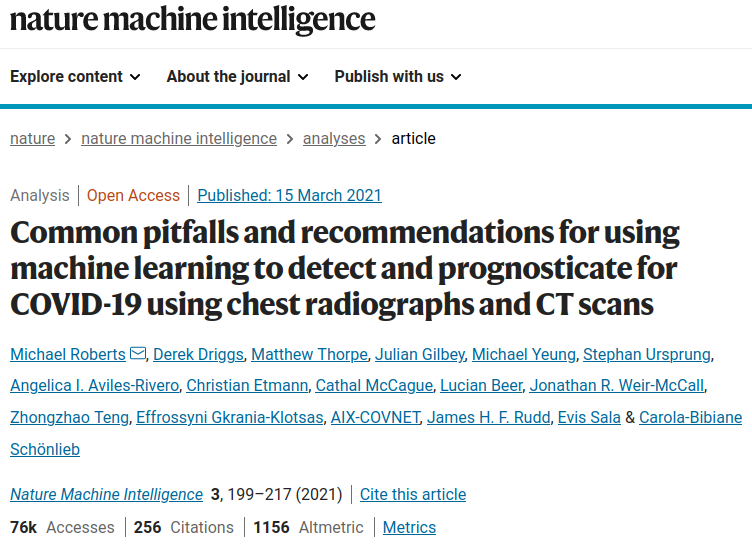
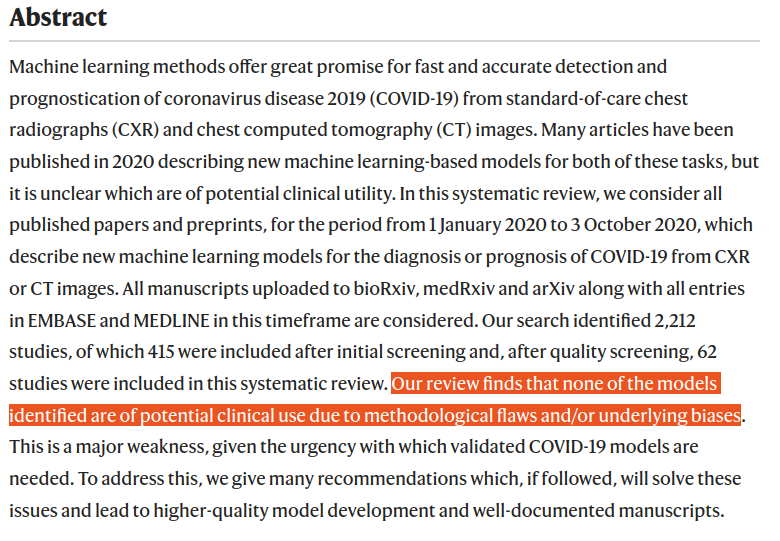

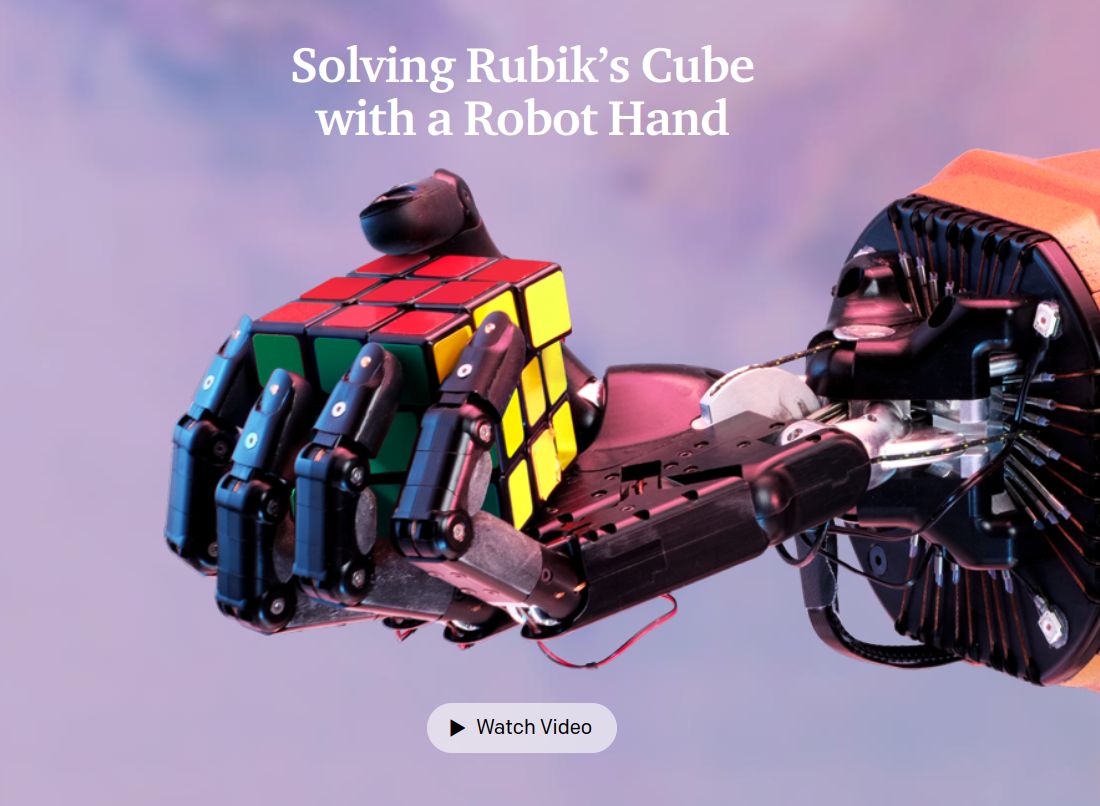
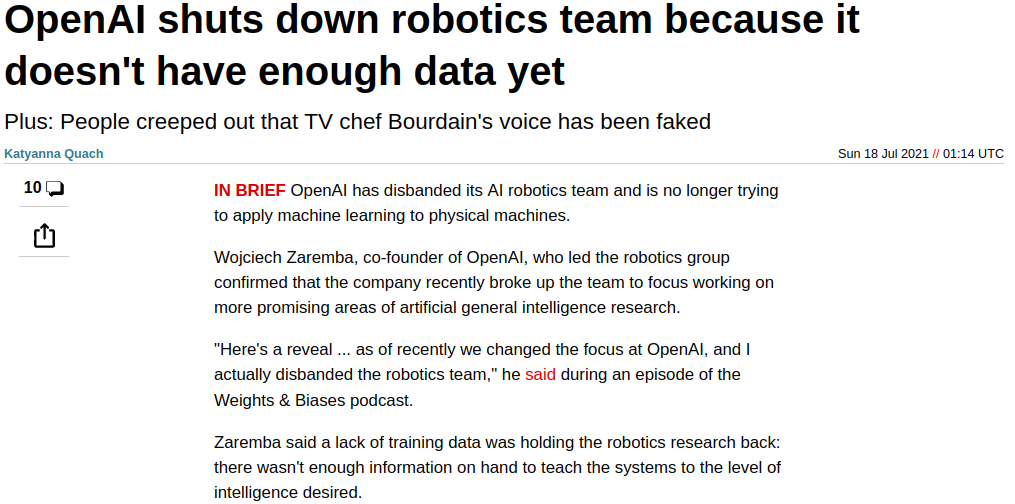

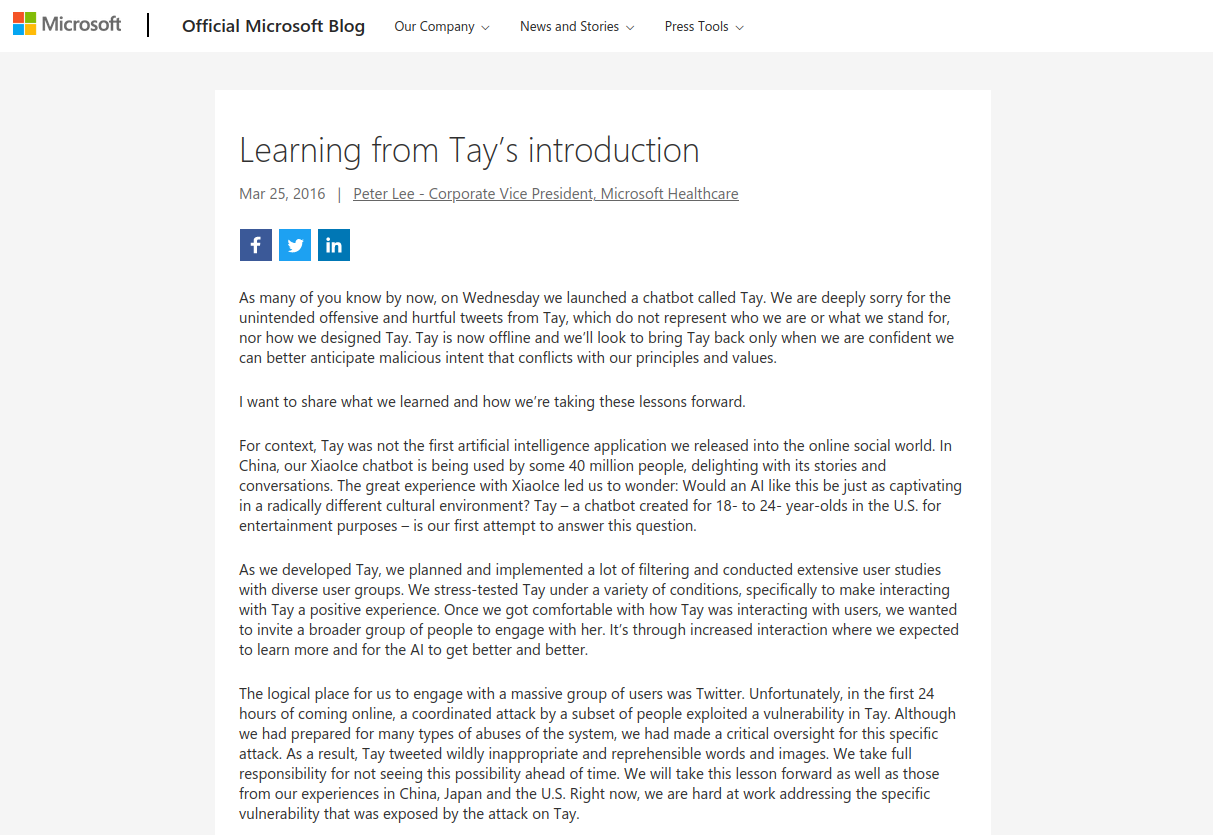



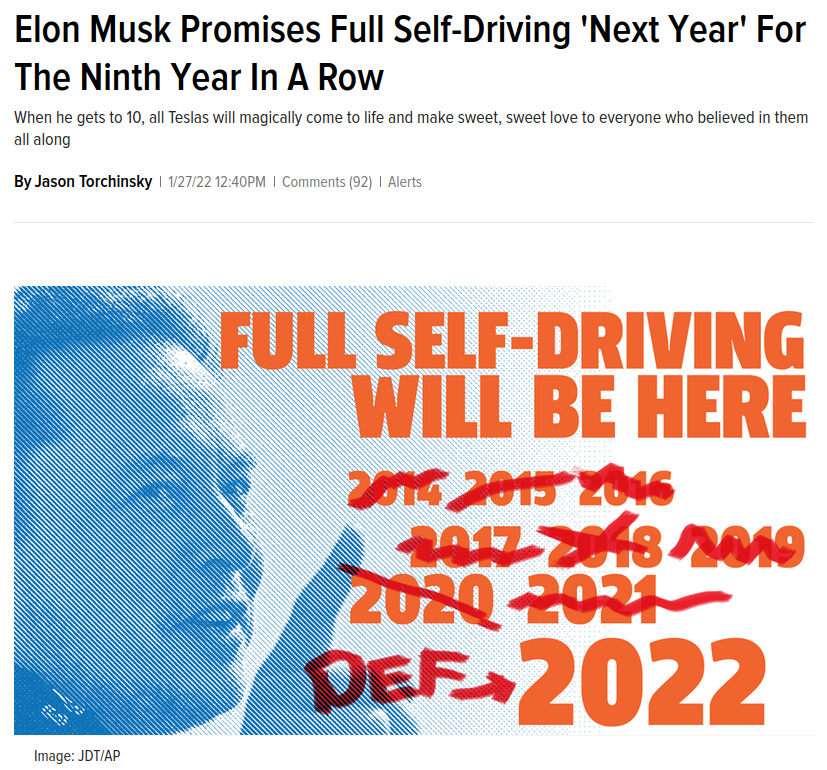
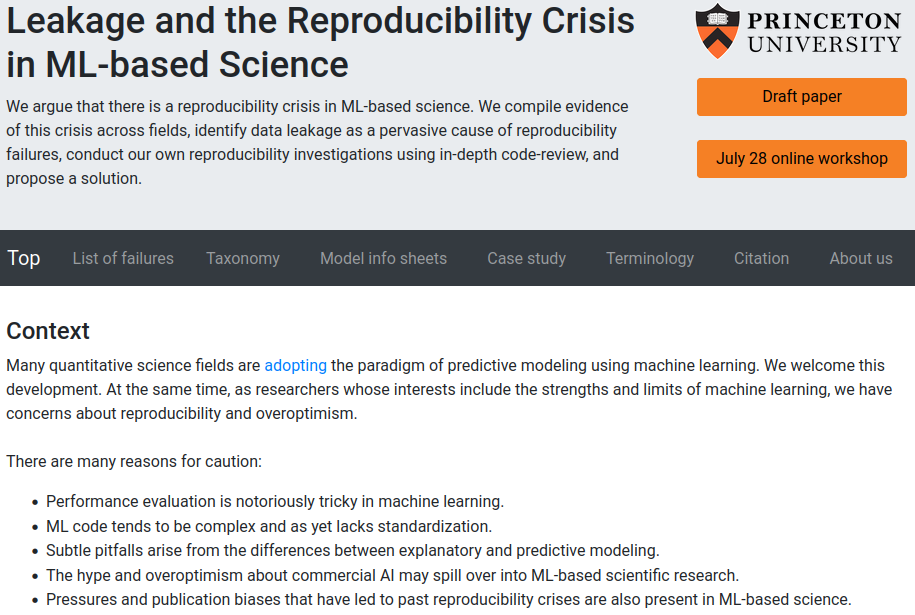
Data modeling applications
- Search engine
- Recommendation systems
- Ranking systems
- Application / resume filtering
- Computer vision
- Chat bots
- Policing
- Sentencing and parole
- "Self-driving" vehicles
- ...
"Our success, happiness, and wellbeing are never fully of our own making. Others' decisions can profoundly affect the course of our lives...
Arbitrary, inconsistent, or faulty decision-making thus raises serious concerns..."
- Fairness and Machine Learning, Barocas, Hardt, and Narayanan
↓
Some of the more well known harms
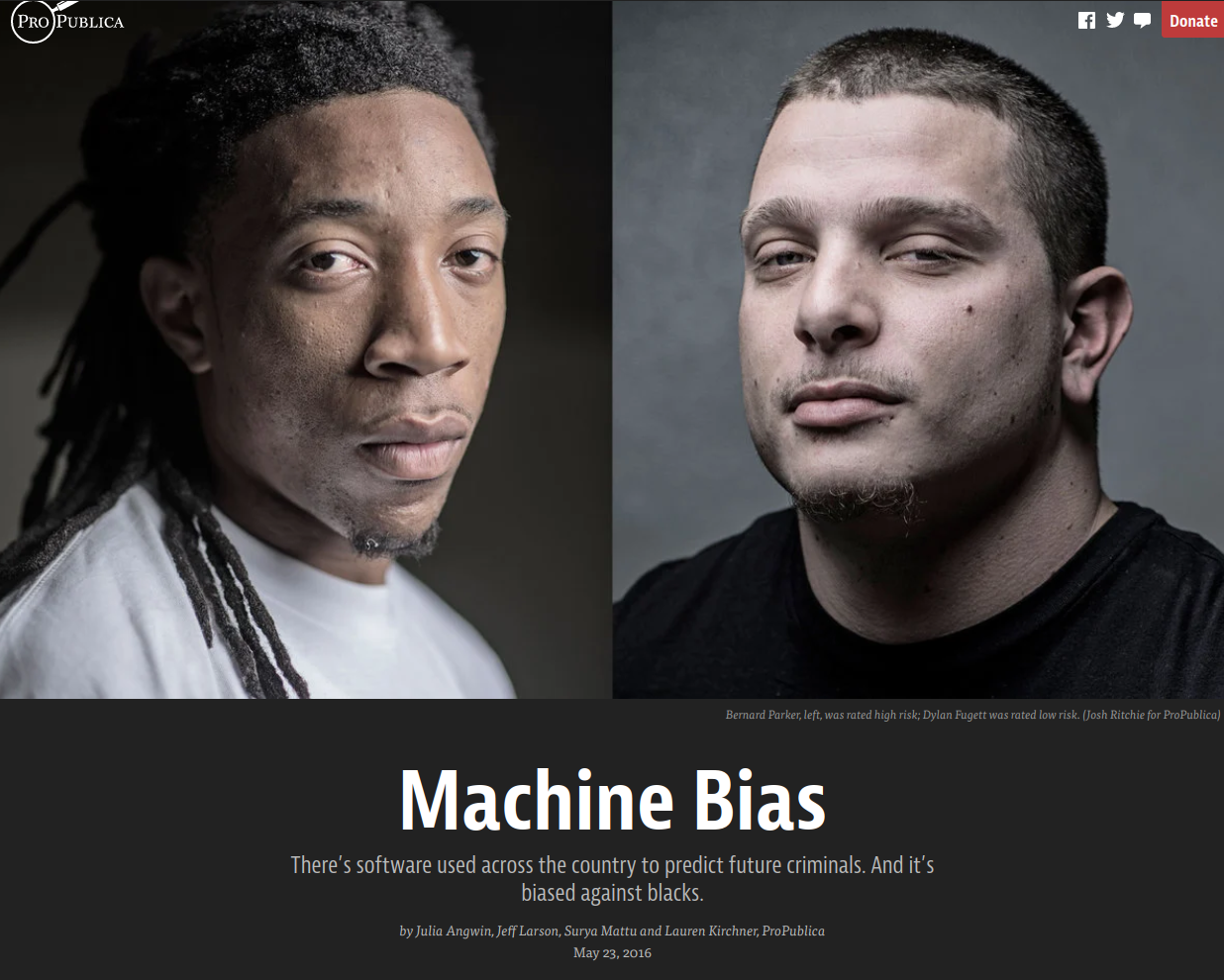

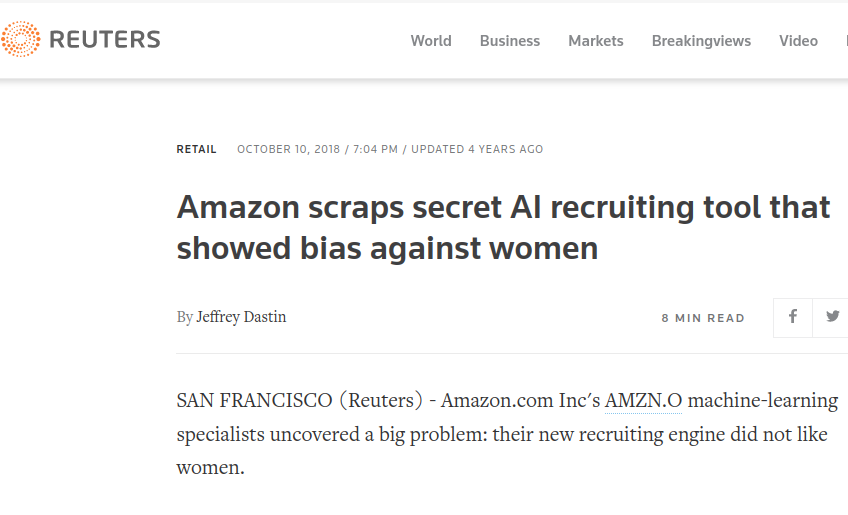
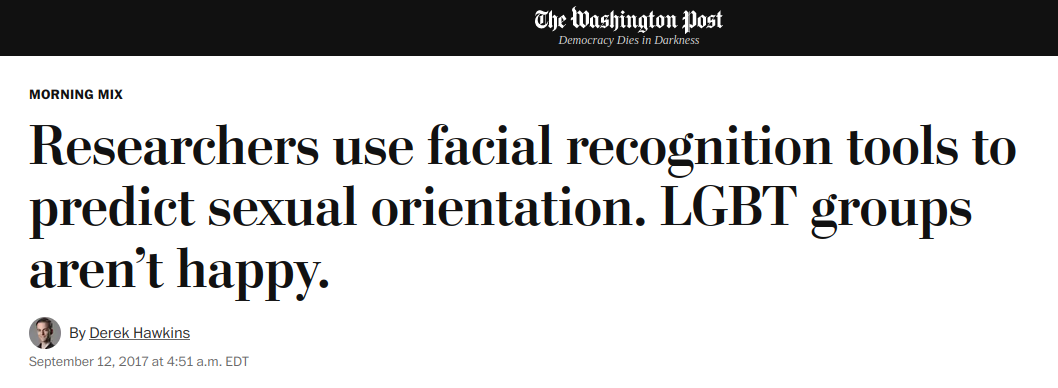




https://www.nytimes.com/2019/08/16/technology/ai-humans.html




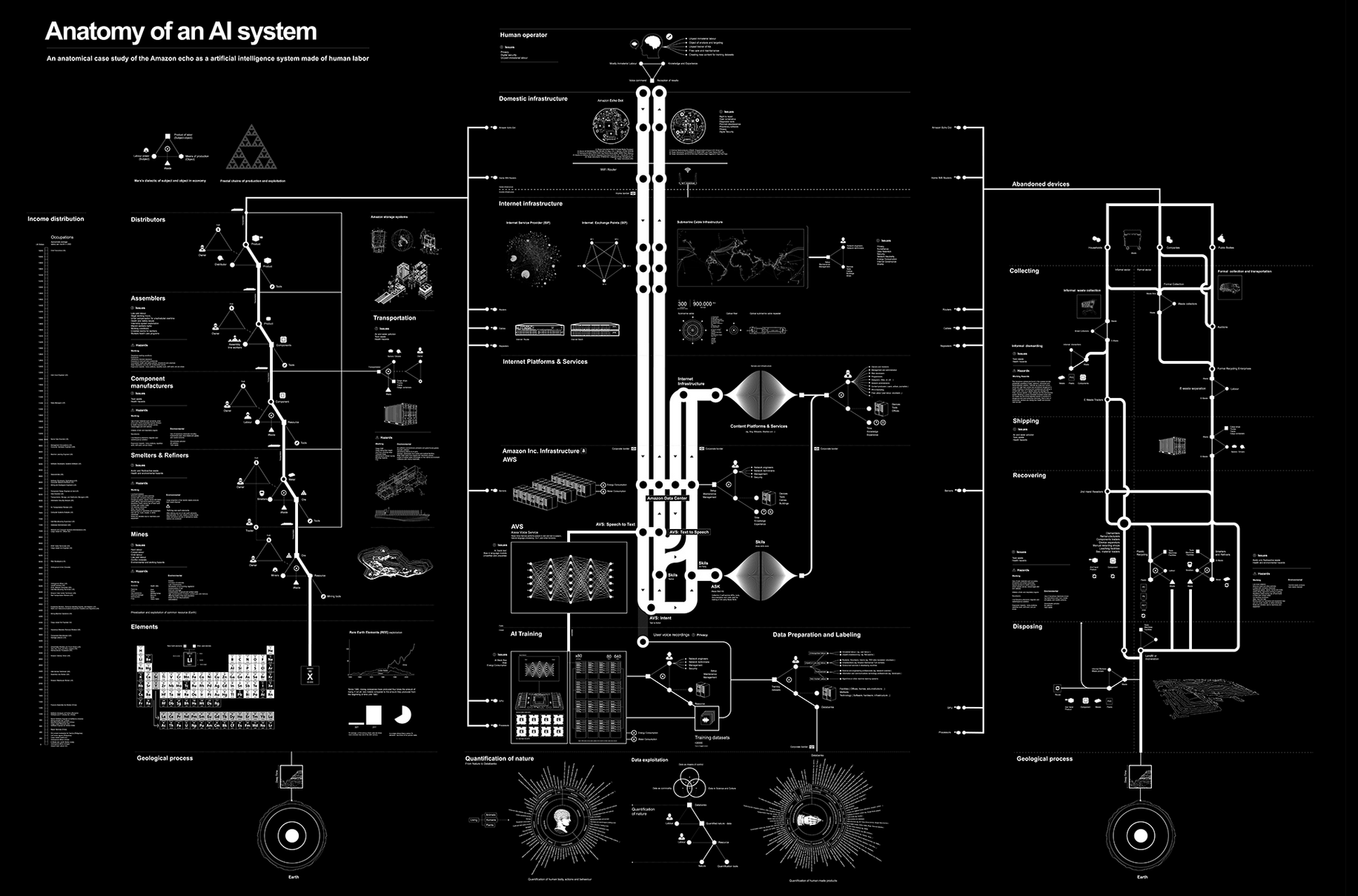 Anatomy of an AI system, Crawford and Joler
Anatomy of an AI system, Crawford and Joler
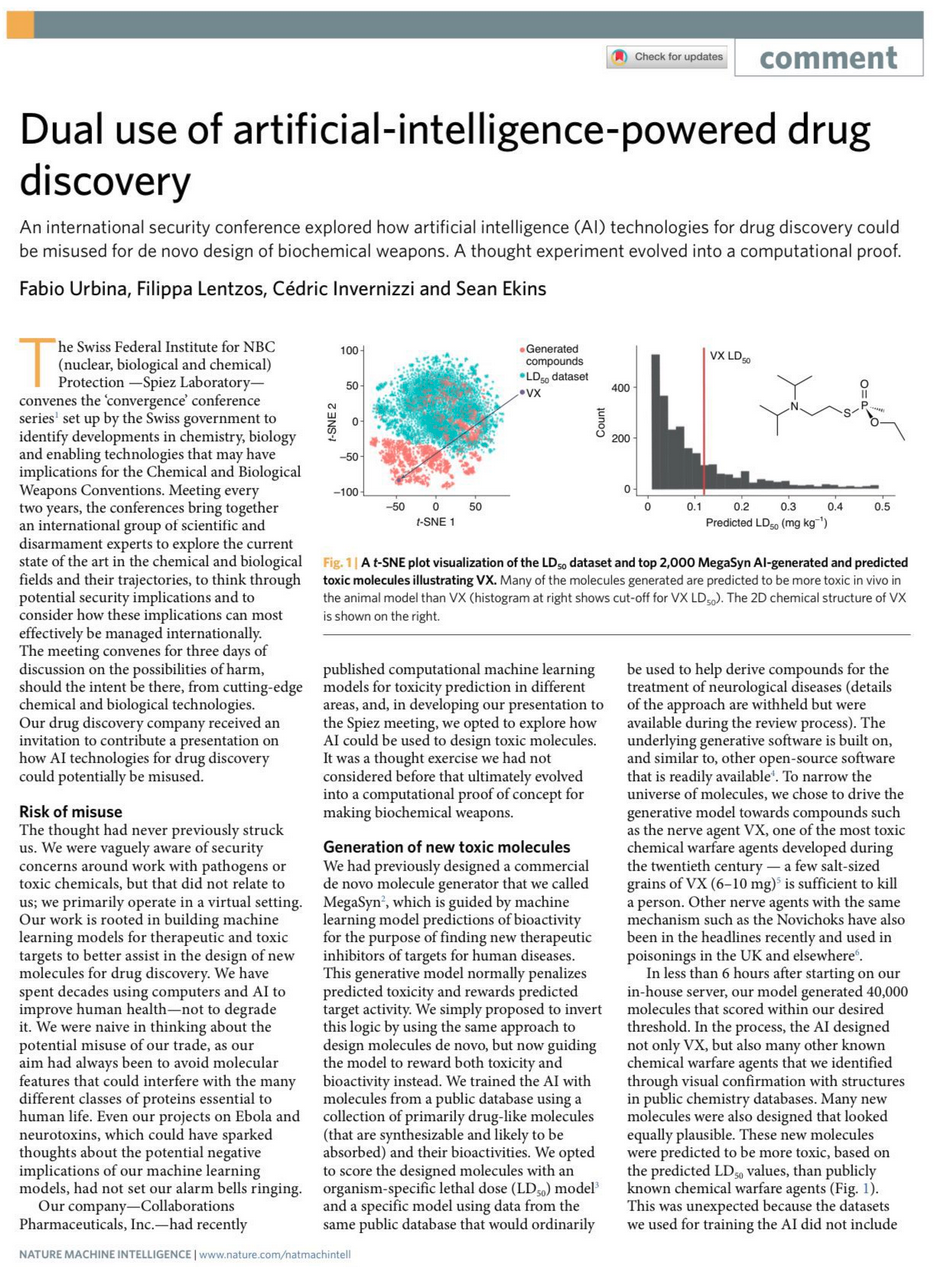

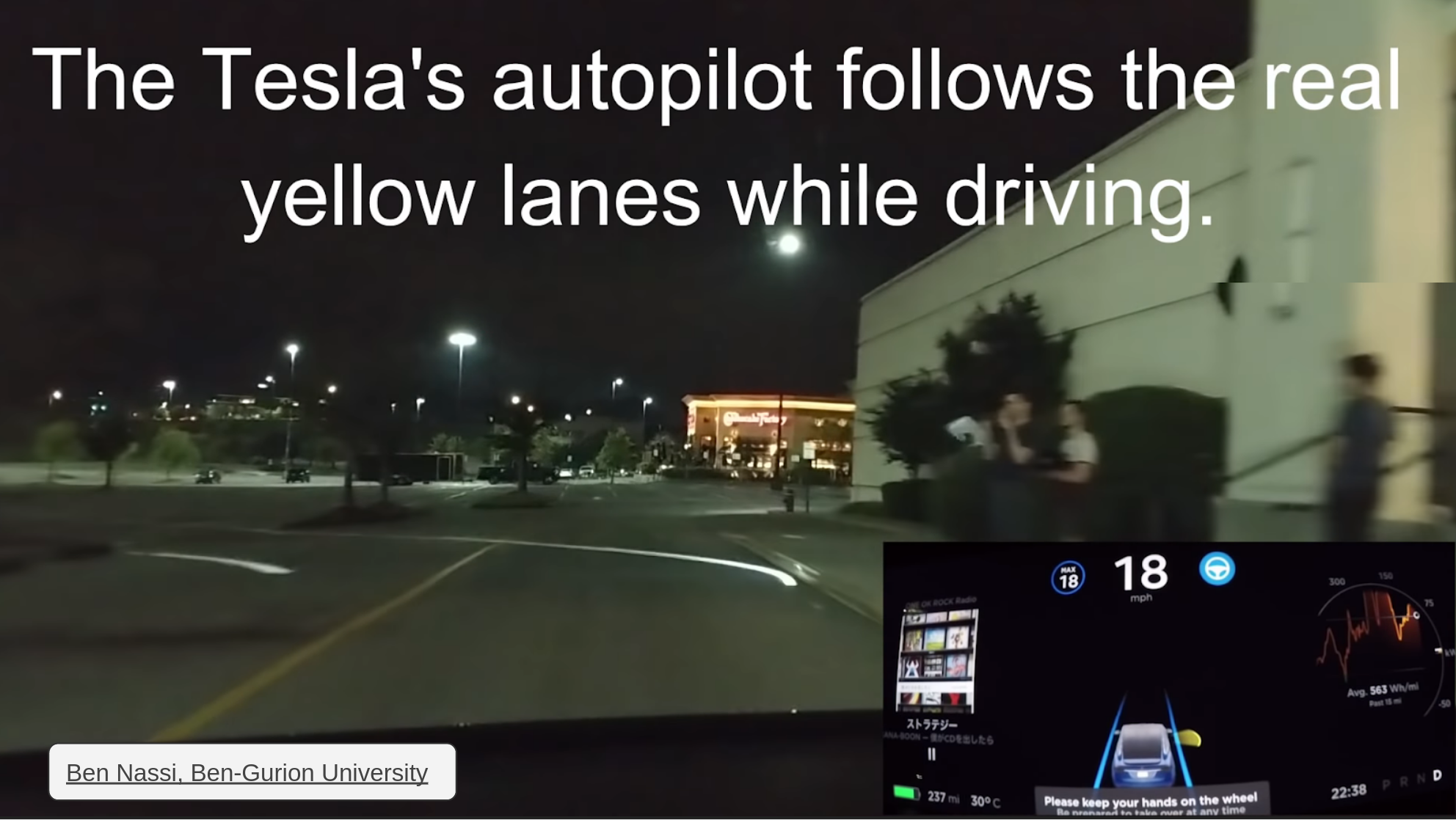
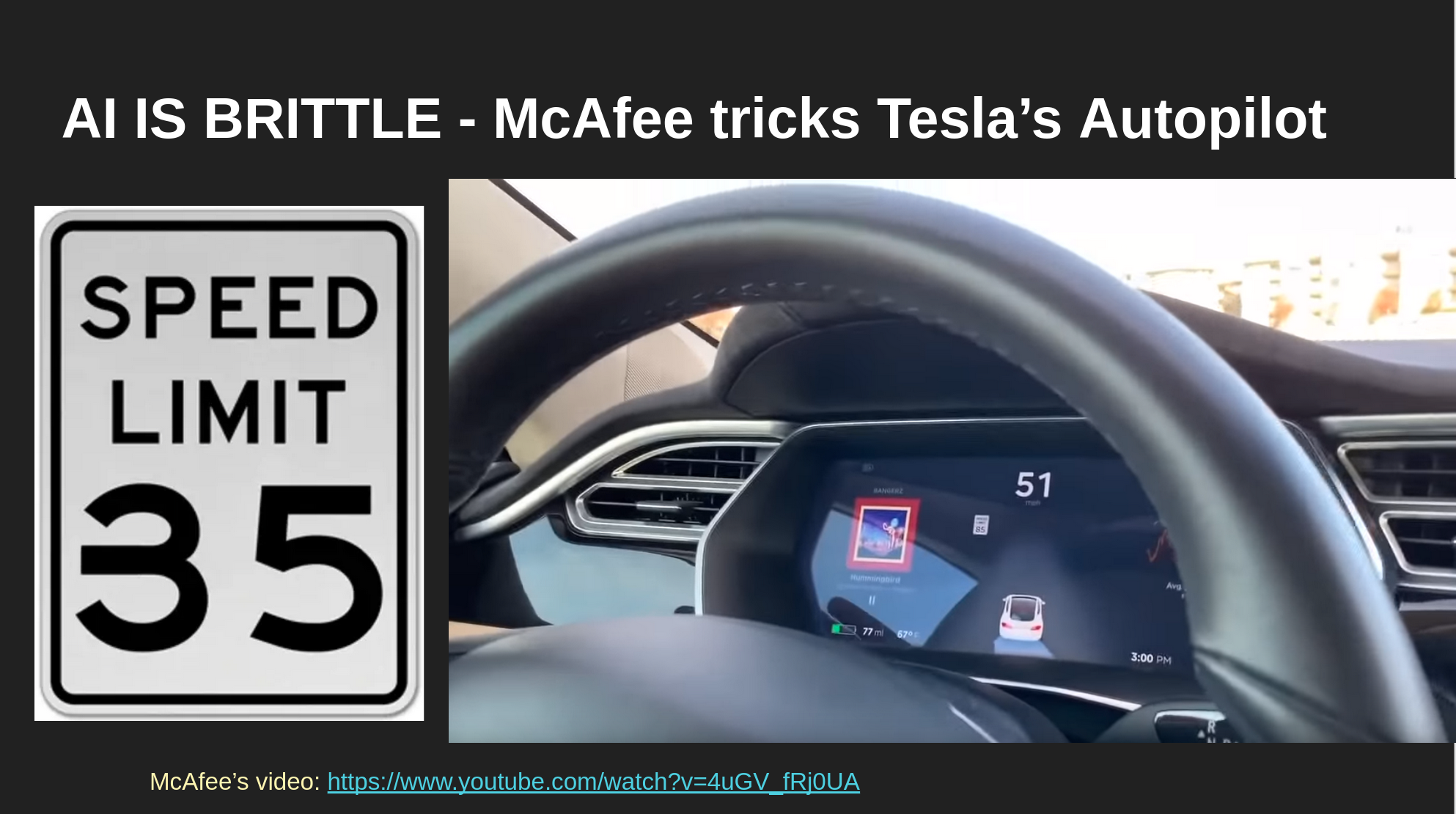

- Sun-ha Hong, Prediction as Extraction of Discretion
Big Picture
When handing over the tools of mathematics,
we are responsible as educators
for teaching their responsible use.
It is a sin of omission when we fail to acknowledge the consequences of the content we teach; Consequences which include ethical and technical pitfalls.
Subtle picture
- There is no simple solution. There is no checklist that if you've done these things then you won't cause harm.
- Many ethical concerns are technical concerns.
- Predicting, detecting, and mitigating harm and discrimination in data technologies are complex and active areas of research.
Data |
1. Get the data |
Preprocess |
2. Clean up the data |
Explore |
3. Explore the data |
Model |
4. Model it |
Communicate |
5. Share the results |
Data |
1. Get the data |
Preprocess |
2. Clean up the data |
Explore |
3. Explore the data |
Model |
4. Model it |
Communicate |
5. Share the results |
Data Modeling Process
Data
→
Preprocess
→
Explore
→
Model
→
Communicate
Data Modeling Process
Environment
→
Data
→
Preprocess
→
Explore
→
Model
→
Communicate
→
A framework for critical analysis
|
Data
|
• Harmful data collection, lack of consent, insecure / lack of privacy, historical, representational, or measurement bias, ...
|
|
Preprocess
|
• Labor exploitation, labeling by non-experts, incorrect labeling, trauma experienced by labelers, ...
|
|
Explore
|
• Feature selection bias, bias in interpretation of data visualization, data manipulation, feature hacking, ...
|
|
Model
|
• Bias in model choice, model-amplified bias, environmental impact, learning bias, evaluation bias, peripheral modeling, ...
|
|
Communicate
|
• Biased model interpretation, ignoring variance, rejecting model, deploying harmful products, deployment bias, ...
|
|
Meta
|
• "Pernicious feedback loops", runaway homogeneity, susceptability to adversarial attack, lack of oversight or auditing, ...
|
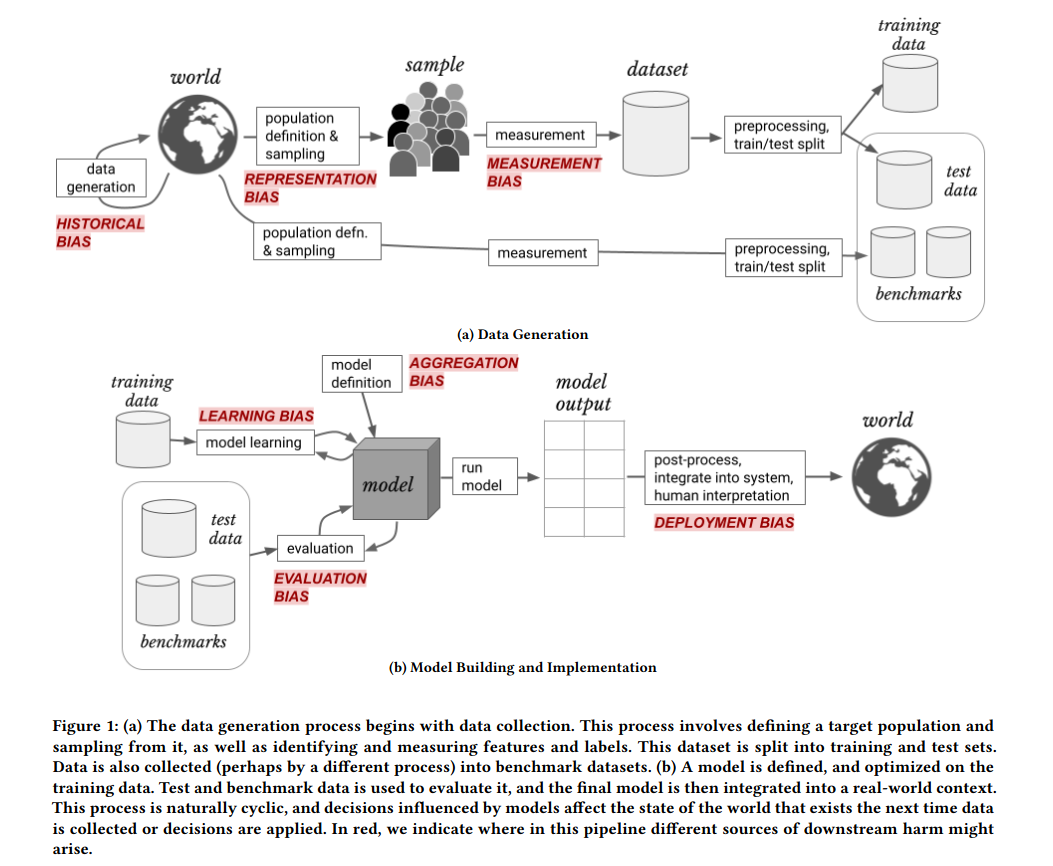
Critical Questions:
|
|
How high does a bouncy ball bounce?
Data
Preprocess
Explore
Model
Communicate
How high does a bouncy ball bounce?
|
Data
|
• Data problem: What will be the bounce height \(h_{bounce}\) of my bouncy ball when dropped from rest from a given drop height \(h_{drop}\)?
• Record several slow-motion videos. |
|
Preprocess
|
• Randomly choose a subset of videos as the training set.
• Parse the training set videos into a table. |
|
Explore
|
• Create a scatter plot of \(h_{bounce}(h_{drop})\)
• Look for features! Notice and wonder. Consider models. |
|
Model
|
• Find a best-fit model on the training data.
• Validate the model on the testing data. |
|
Communicate
|
• Reflect on the process.
• Share out. |

Bounce Prediction Error
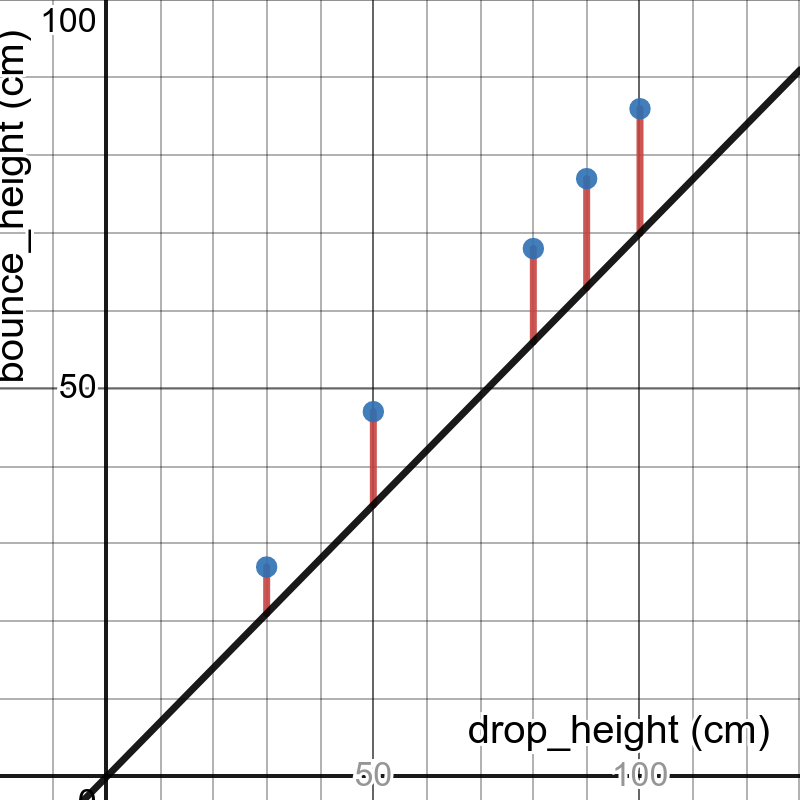

Bounce Prediction Error
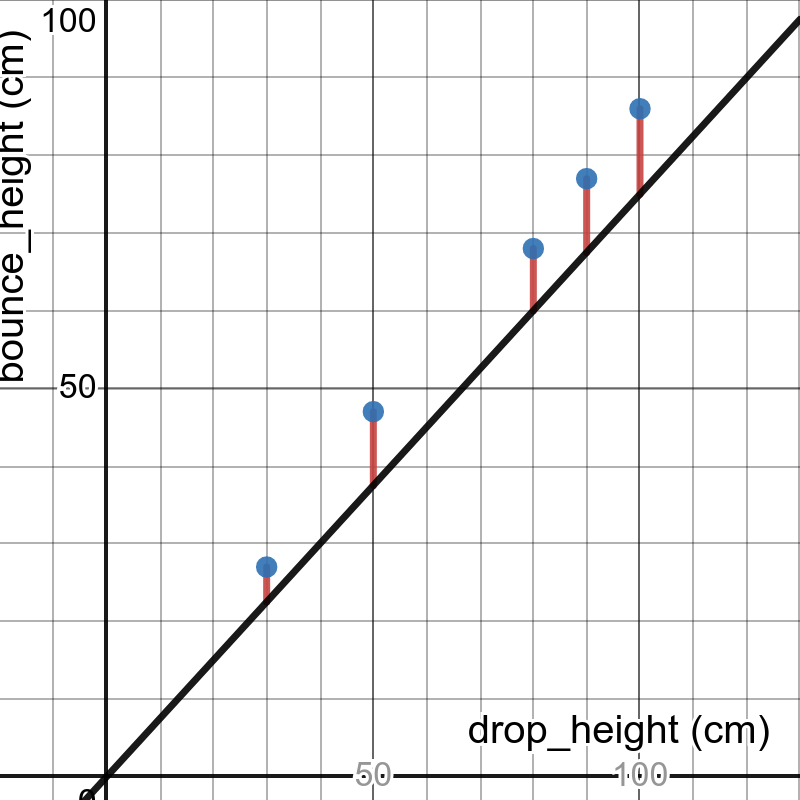

Bounce Prediction Error
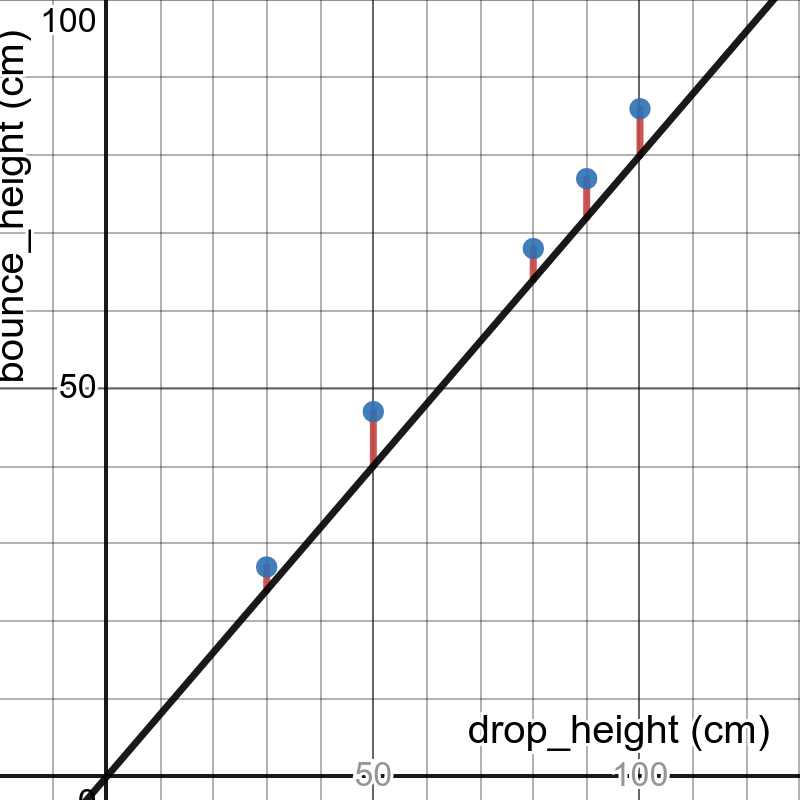
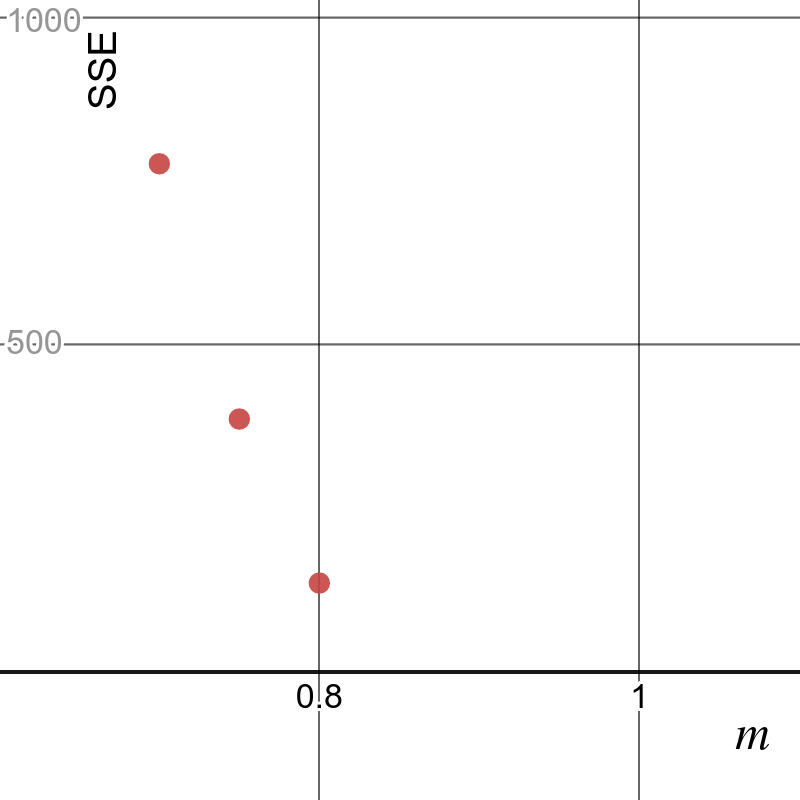
Bounce Prediction Error
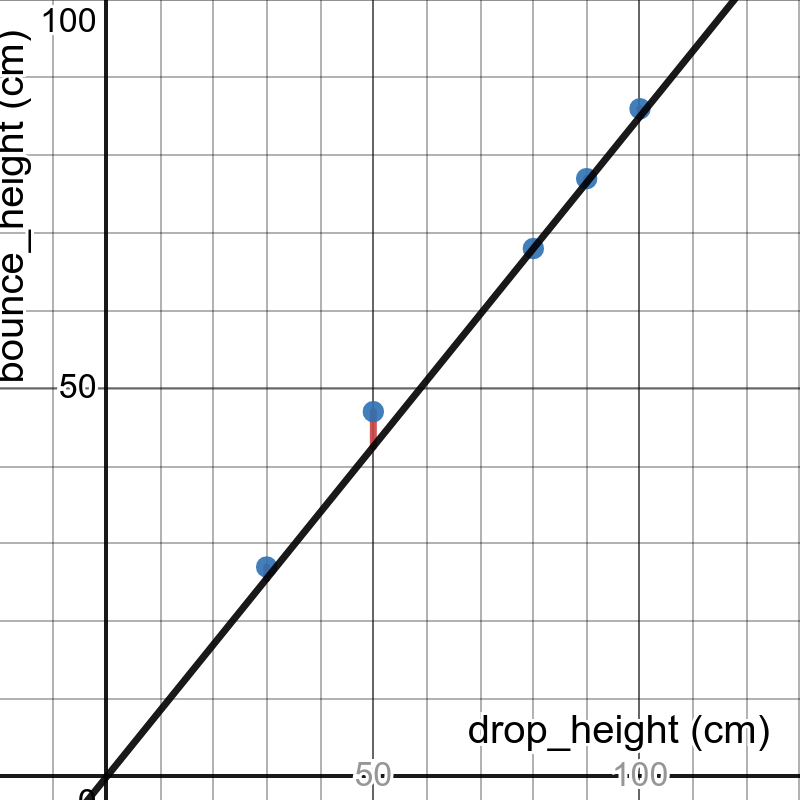

Bounce Prediction Error
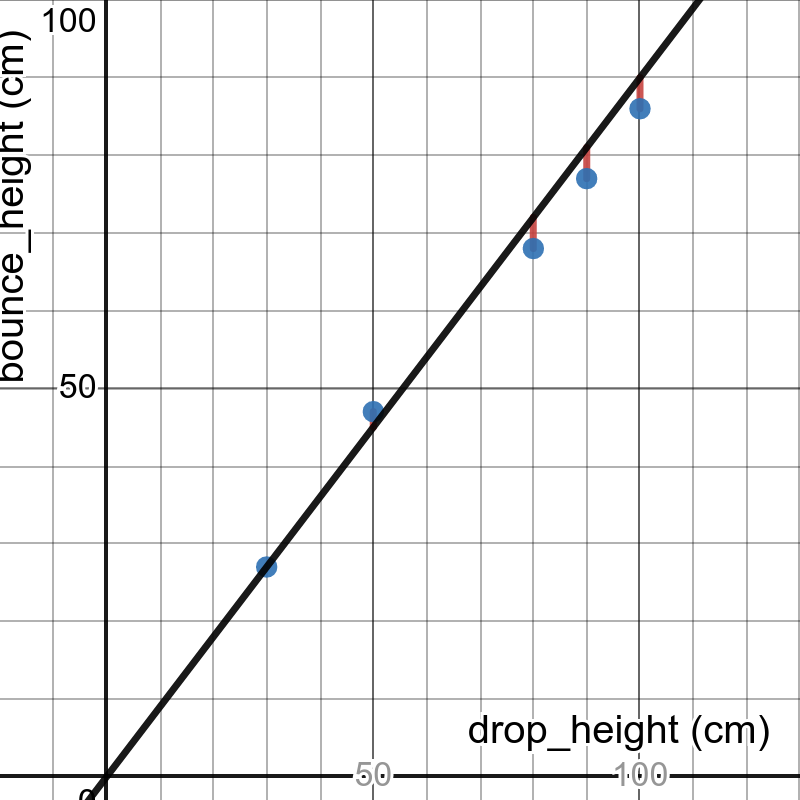

Bounce Prediction Error
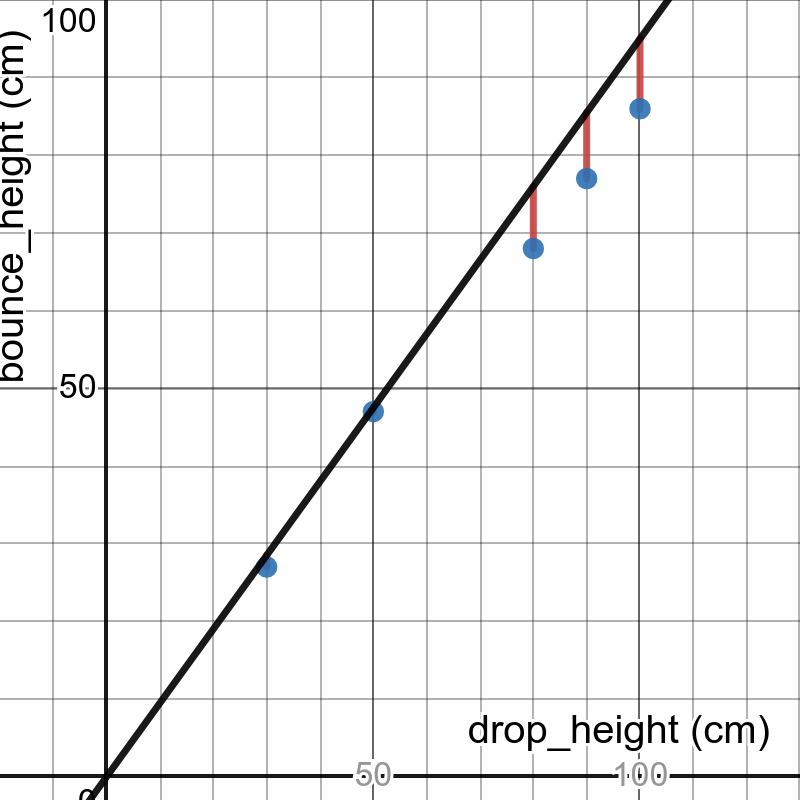
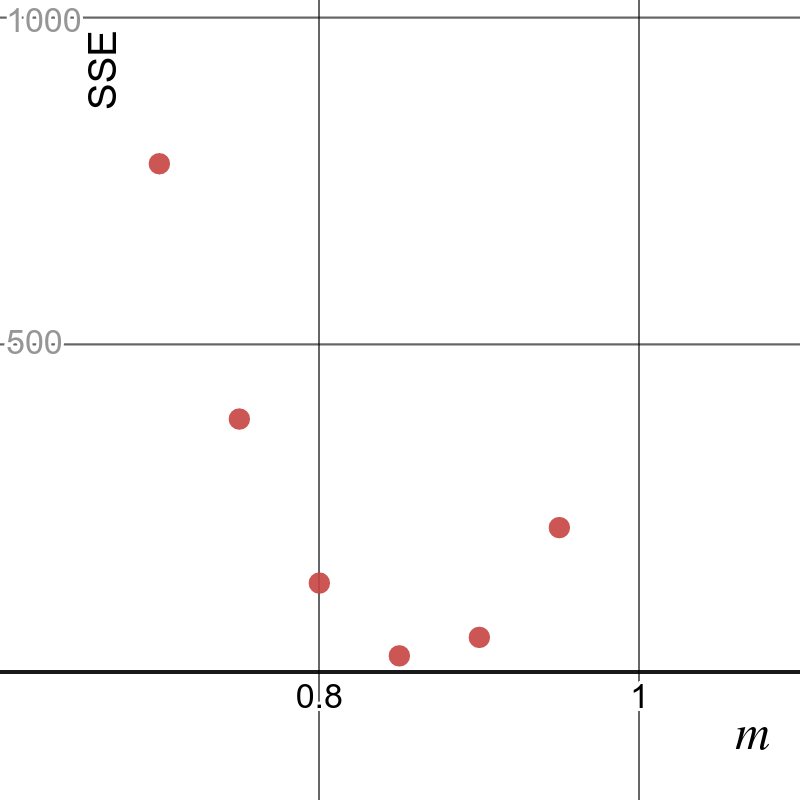
Bounce Prediction Error
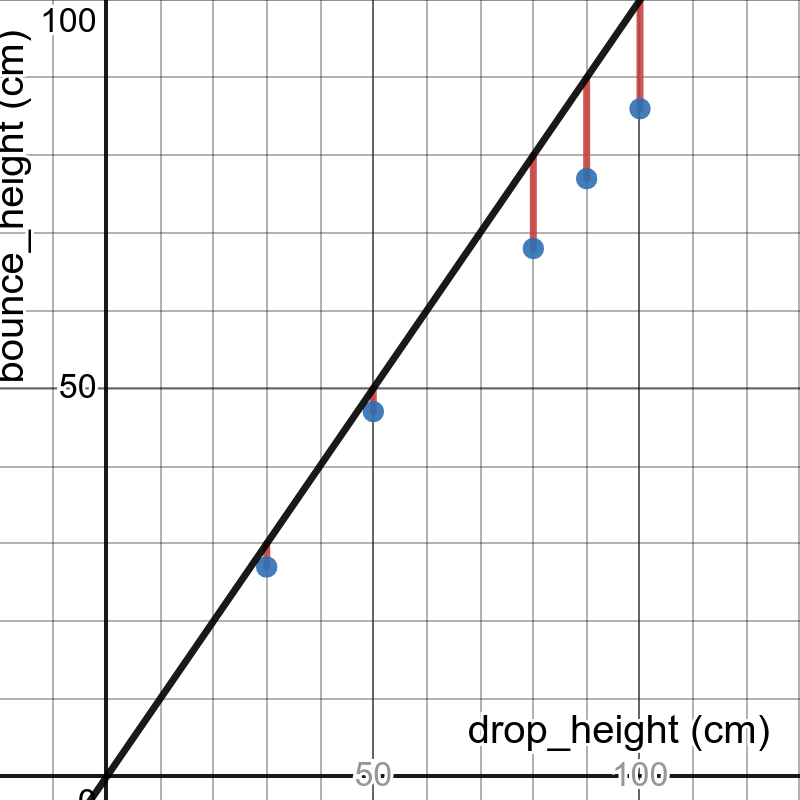
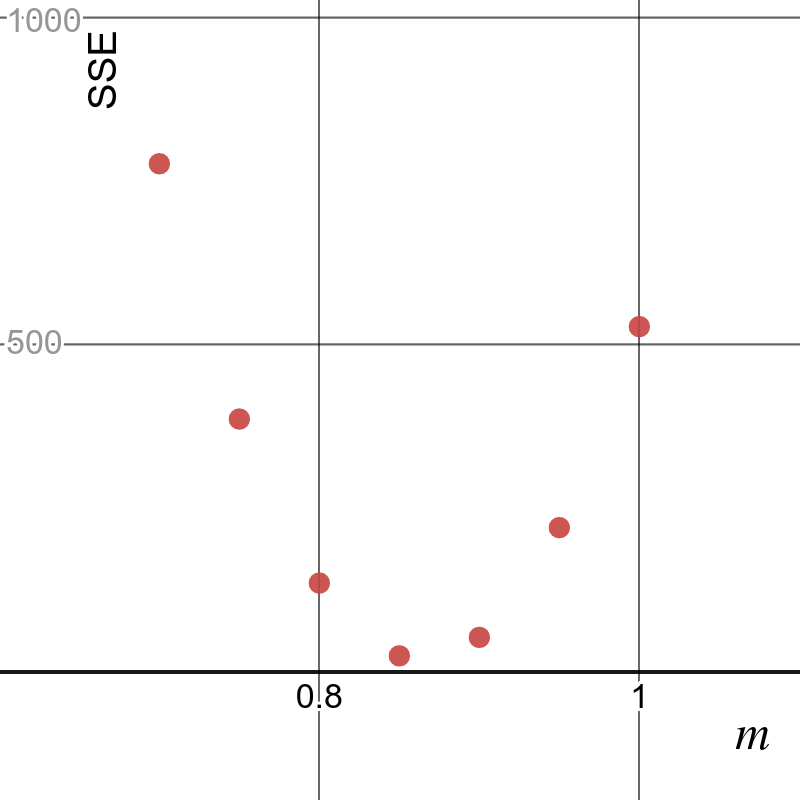
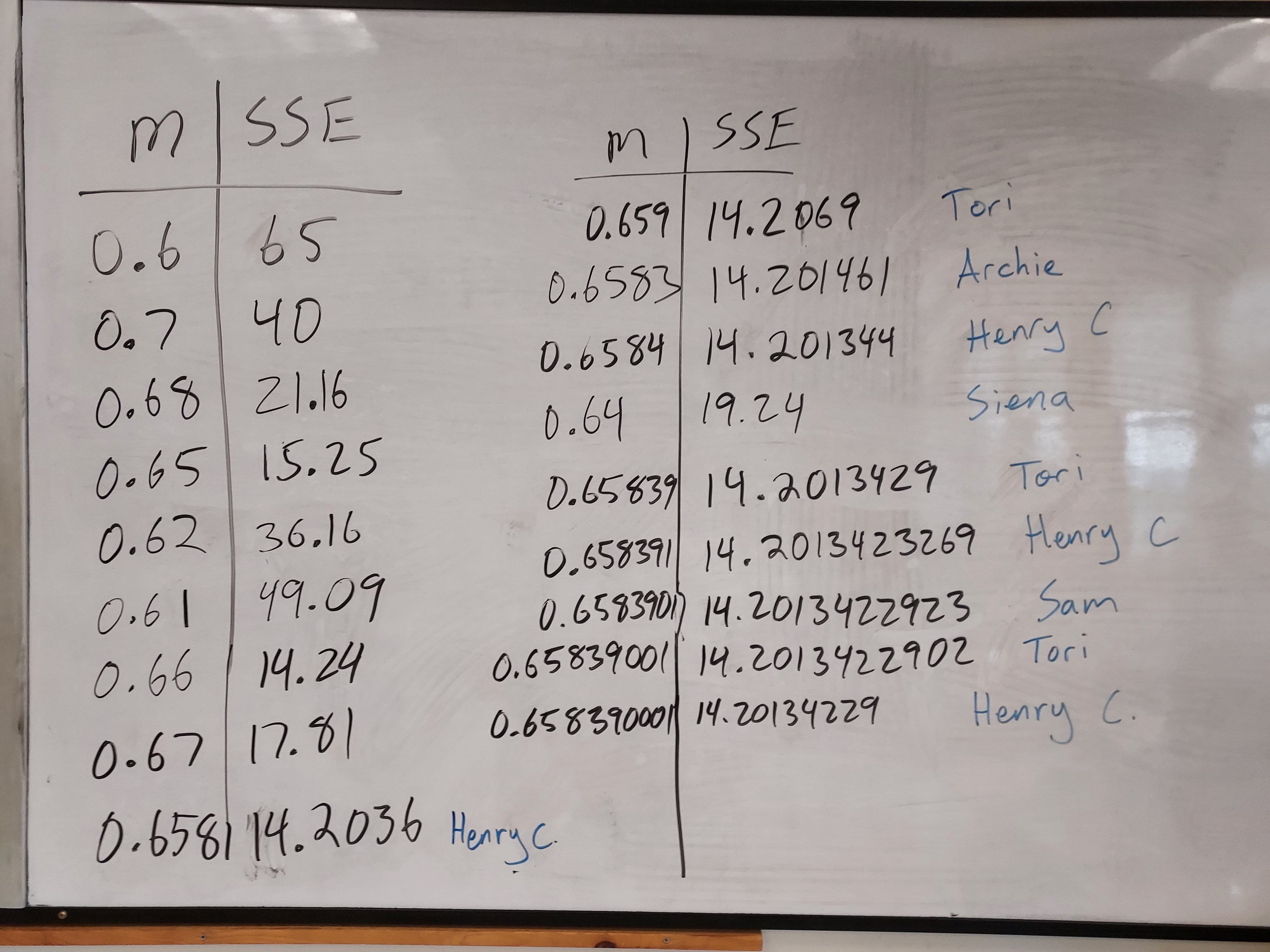
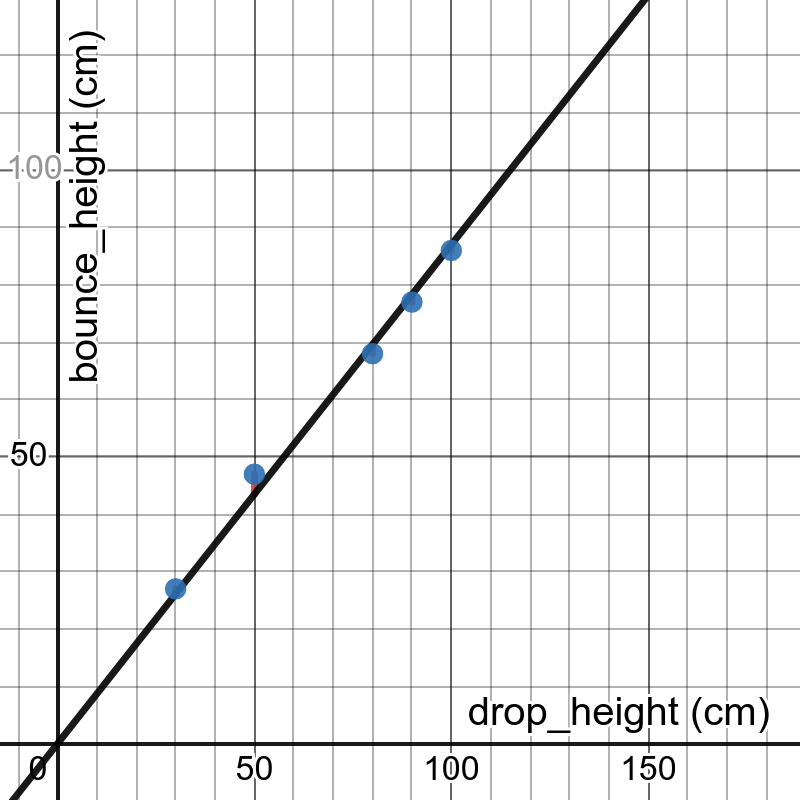 |
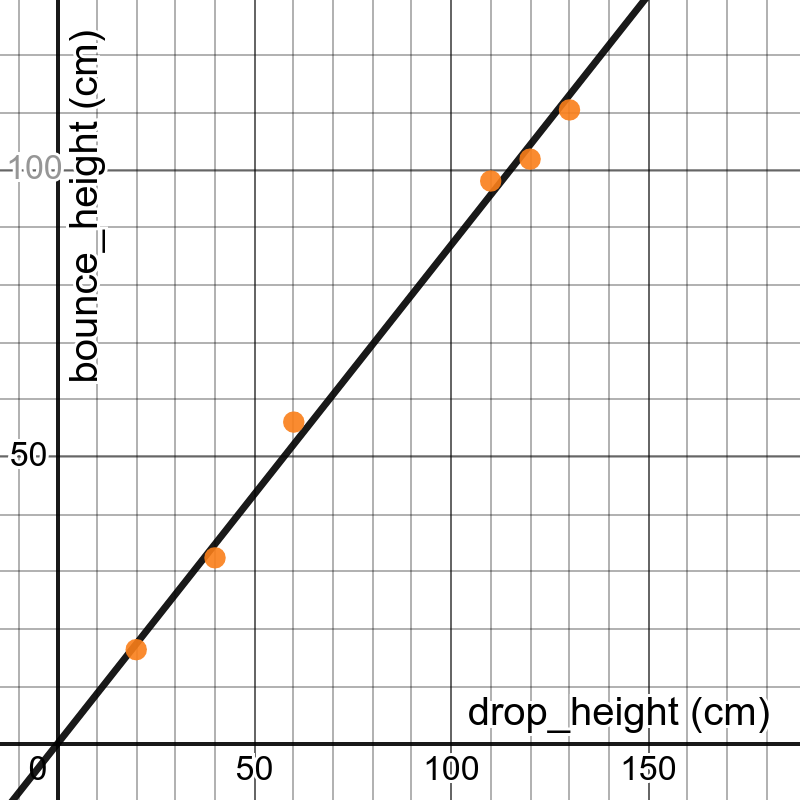 |
| Training Data | Testing Data |
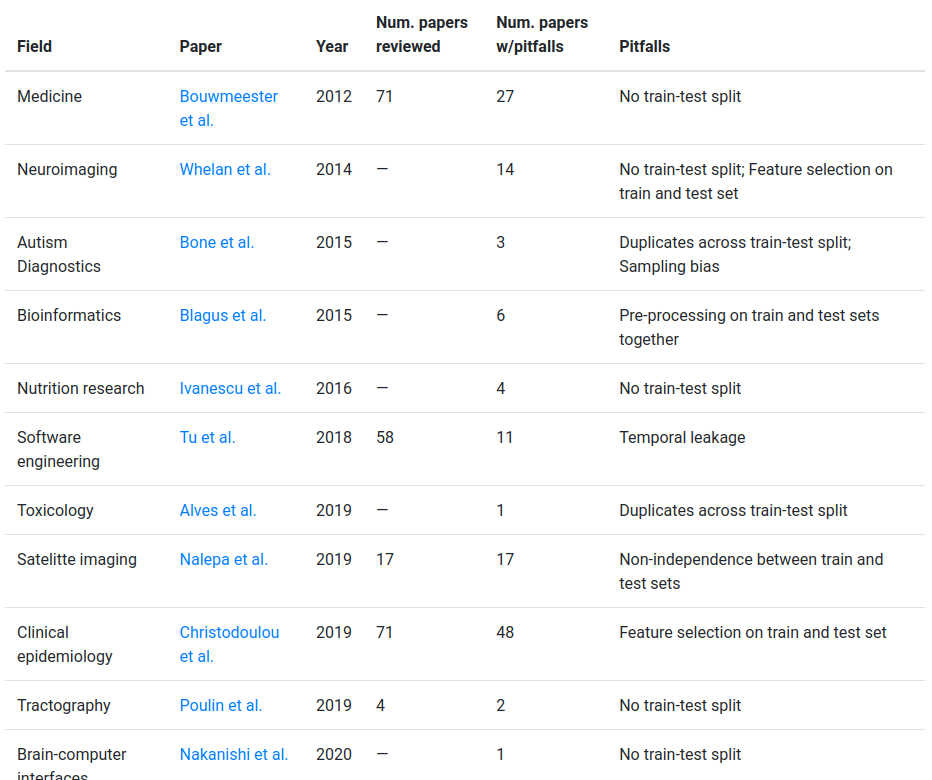

"How high does a bouncy ball bounce?"
"How high does a bouncy ball bounce?"
becomes:
"How much can we minimize the error of a linear model when predicting how high this particular bouncy ball will bounce in this room on this surface at this temperature and humidity when dropped from rest at a height of no more than two meters?"
Conclusions
- Mathematics leads to important ethical considerations.
- We should help students avoid becoming evil.
Resources
- AI Now Institute reports: https://ainowinstitute.org/reports.html
- Lighthouse3 - AI Ethics Weekly
- Rachel Thomas Fast.ai Data Ethics Course
- Ethics in Mathematics Readings
- Automating Ambiguity: Challenges and Pitfalls of Artificial Intelligence - Abeba Birhane
- On the dangers of stochastic parrots: Can language models be too big? - Emily M. Bender, Timnit Gebru, Angelina McMillan-Major, and Margaret Mitchell
- Rachael Tatman - YouTube
- AIES '22: Proceedings of the 2022 AAAI/ACM Conference on AI, Ethics, and Society https://dl.acm.org/doi/proceedings/10.1145/3514094
- Teaching Machine Learning in the Context of Critical Quantitative Information Literacy
- Integrating data science ethics into an undergraduate major: A case study
- A call for a humanistic stance toward k-12 data science education
- Artificial intelligence in education: Addressing ethical challenges in K-12 settings
- Provisional Data Science for Social Change Spring 2022 schedule

